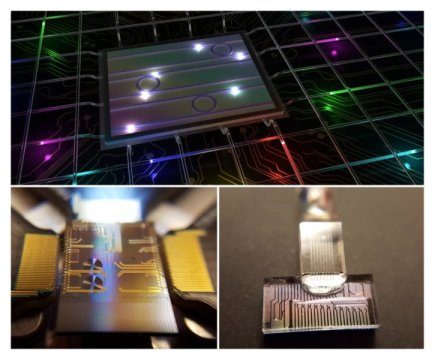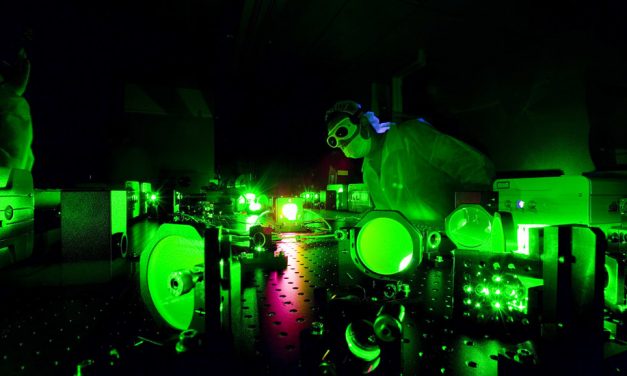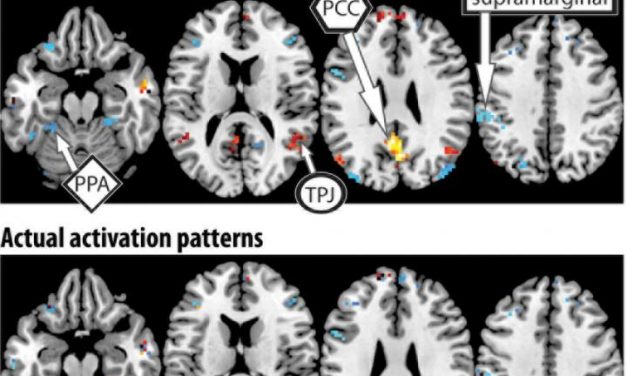A disruptive breakthrough advancement for photonic quantum applications
INRS university researchers have achieved a breakthrough in a light-weight photonic system created using on-chip devices and off-the-shelf telecommunications components. Previous advances in established technologies for the telecommunications sector were targeted for the manipulation of classical signals. This research is a game-changer in that is can be applied and immediately enable fundamental investigations of high-dimensional quantum state characteristics, applications in large-alphabet fibre-based quantum communications, and the future development of frequency-domain, high-dimensional quantum logic gates and other applications. In the very near future, researchers around the world will be able to incorporate and move this technology forward, enabling a leap...
Read More









